Ultrasonic cleaners are an important tool for cleaning many objects. They are used in commercial industries like healthcare, automotive, and jewelry sectors. They are also used in households for cleaning small objects. In this article, we will discuss the history, components, types, benefits, limitations, and applications of ultrasonic cleaners. Read More…
Since 1972, Esma Inc. has been producing quality ultrasonic cleaners, as well as benchtop electropolishing equipment. Esma offers a unique and progressive approach to automating the ultrasonic cleaning process.
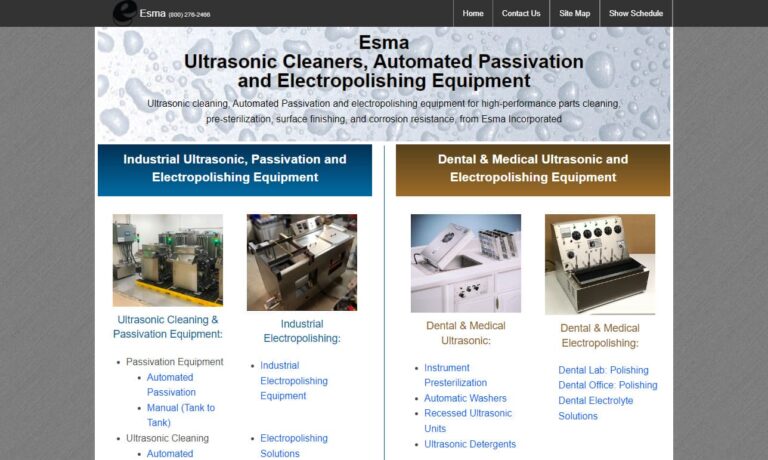
Since 1992 Telsonic Ultrasonics has been manufacturing ultrasonic cleaners such as compact cleaners and industrial tanks. As a specialist in ultrasonic technology, we offer innovative applications within the parts and optics industries and even chemical and pharmaceutical products. Our brand new facility houses cutting-edge technology where we strive to improve the quality of our products.
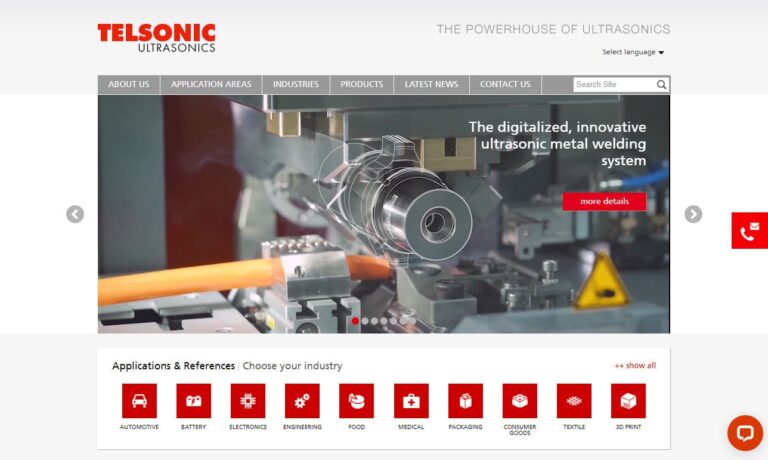
Great Lakes Finishing Equipment, Inc. is a full line supplier of aqueous and semi-aqueous ultrasonic cleaning equipment. Equipment includes benchtop cleaners, tank and generator series, immersible transducers, console systems and engineered systems. Our customers include defense, aerospace, medical, firearms and industrial.
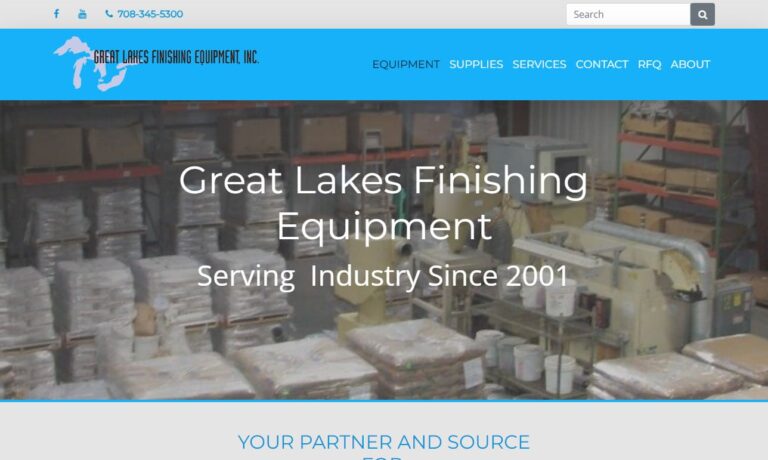
Sonic Systems is a recognized leader in the design and manufacture of both ultrasonic cleaners as well as ultrasonic cleaning systems and components for a broad range of industries. We also offer aqueous cleaning equipment and systems.
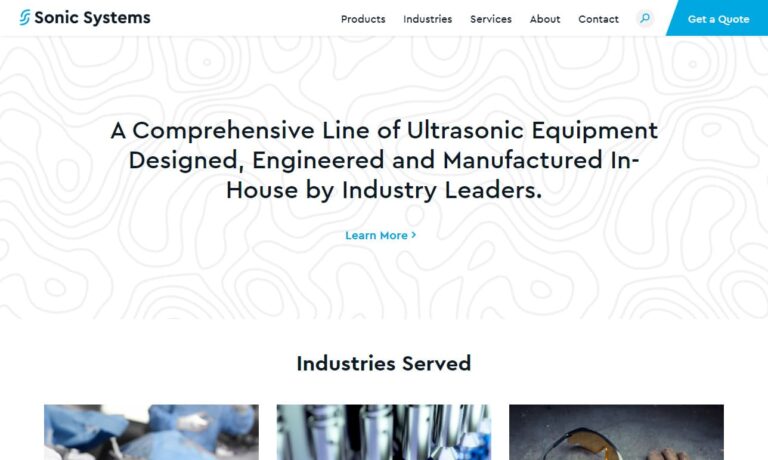
More Ultrasonic Cleaner Manufacturers
Ultrasonic cleaning technology was developed during World War II, when it was used to clean gun parts. It was later refined for use in the healthcare industry to clean surgical instruments. As the efficiency of ultrasonic cleaning technology becomes widely acknowledged, it is used in more industries.
How Ultrasonic Cleaners Work
Ultrasonic cleaners utilize a process called cavitation to clean objects effectively. The cleaning process begins with the generation of high-frequency sound waves by a transducer. The transducer is typically made of piezoelectric materials that convert electrical energy into mechanical vibrations. These vibrations are then transmitted into the cleaning solution present in the tank.
As the sound waves pass through the cleaning solution, they create alternating high-pressure and low-pressure waves. During the low-pressure phase, tiny bubbles known as cavitation bubbles form and grow on the surface of the object being cleaned. These bubbles are formed due to the low-pressure areas created by the sound waves.
Once the cavitation bubbles reach a certain size, they collapse or implode rapidly during the high-pressure phase. This implosion generates a high amount of energy in the form of shockwaves and microjets, releasing intense localized forces. These forces effectively dislodge and remove dirt, grime, oils, and other contaminants from the surface of the object.
The implosion of cavitation bubbles is highly localized and occurs in close proximity to the object being cleaned. This makes ultrasonic cleaning effective at reaching intricate parts, crevices, and areas that are challenging to access with conventional cleaning methods. The rapid formation and collapse of cavitation bubbles create a scrubbing action on the surface of the object, facilitating thorough cleaning.
To enhance the cleaning process, a suitable cleaning solution is used in conjunction with the ultrasonic cleaner. The cleaning solution contains detergents or solvents that help break down and dissolve contaminants, further improving the cleaning efficiency. The specific cleaning solution used may vary depending on the type of object being cleaned and the nature of the contaminants present.
In conclusion, ultrasonic cleaners harness the power of cavitation bubbles generated by high-frequency sound waves to achieve effective and thorough cleaning. The implosion of these bubbles produces localized forces that remove dirt and contaminants from the surface of objects. By combining the cleaning action of cavitation with an appropriate cleaning solution, ultrasonic cleaners provide a reliable and efficient method for cleaning a wide range of objects across various industries.
Components of Ultrasonic Cleaners
Ultrasonic cleaners consist of several components, including a transducer, generator, cleaning tank, and cleaning solution; many ultrasonic cleaners additionally employ a basket or tray. More detail on the function of each component of an ultrasonic cleaner is provided below.
Transducer: The transducer is the heart of an ultrasonic cleaner. It is typically made of piezoelectric materials, such as ceramics or crystals, that can convert electrical energy into mechanical vibrations. When an electrical signal is applied to the transducer, it undergoes rapid oscillation, creating high-frequency sound waves. These sound waves propagate through the cleaning solution and generate the cavitation bubbles responsible for the cleaning action.
Generator: The generator is responsible for supplying electrical energy to the transducer. It converts the incoming electrical power into the specific frequency required for ultrasonic cleaning. The generator allows precise control over the frequency and intensity of the sound waves produced by the transducer, enabling adjustments to suit different cleaning applications.
Cleaning Tank: The cleaning tank, also known as the ultrasonic bath, is the container where the object being cleaned is placed. It is typically made of stainless steel, a material that resists corrosion and is easy to clean. The size and shape of the tank can vary depending on the application and the size of the objects being cleaned. The tank is filled with a suitable cleaning solution that aids in the cleaning process.
Cleaning Solution: The cleaning solution is a crucial component of an ultrasonic cleaner. It is a liquid that is added to the cleaning tank to facilitate the removal of dirt, contaminants, and residues from the objects being cleaned. The specific cleaning solution used depends on the nature of the contaminants and the material of the objects. The cleaning solution can include water, detergents, solvents, or specialized formulations designed for specific cleaning applications.
Basket or Tray: Many ultrasonic cleaners include a basket or tray where the objects to be cleaned are placed. This component helps to keep the objects organized and prevents them from directly touching the bottom of the tank, which could interfere with the cavitation process. The basket or tray also makes it easier to handle and retrieve the objects from the cleaner after the cleaning process.
These components work in harmony to create the ultrasonic cleaning process. The transducer generates high-frequency sound waves, the generator supplies the necessary electrical energy, the cleaning tank holds the objects and cleaning solution, and the basket or tray aids in organization. The combination of these components ensures effective and efficient cleaning of a wide range of objects in various industries.
Types of Ultrasonic Cleaners
There are different types of ultrasonic cleaners, including bench-top, industrial, portable models, immersion tank systems, and multi-frequency ultrasonic cleaners. Now, let’s take a closer look at each type of ultrasonic cleaner and its specific use.
Bench-top Models: Bench-top ultrasonic cleaners are compact and commonly used in households, small businesses, and laboratories. They are designed for smaller-scale cleaning tasks and are ideal for cleaning jewelry, eyeglasses, dental instruments, small electronic components, and other small objects. These cleaners usually have a capacity of up to 3 liters and are user-friendly, making them suitable for personal use.
Industrial Models: Industrial ultrasonic cleaners are larger and more powerful than bench-top models. They are designed for heavy-duty cleaning tasks in industrial settings such as manufacturing plants, automotive workshops, and electronics manufacturing facilities. Industrial models have higher power output and larger tank capacities, ranging from 10 to 200 liters or more. They are capable of handling larger and more complex objects, including engine parts, large metal components, and industrial equipment.
Portable Models: Portable ultrasonic cleaners are smaller and lightweight, designed for on-the-go cleaning applications. They are battery-operated, making them convenient for fieldwork or situations where a power source may not be readily available. Portable ultrasonic cleaners are commonly used in industries such as jewelry repair, field service, and medical settings where instruments need to be cleaned on-site. They are effective for cleaning small objects, delicate items, and equipment that require mobility.
Immersion Tank Systems: Immersion tank systems are large-scale ultrasonic cleaners used for industrial applications where continuous cleaning of large quantities of parts or objects is required. These systems feature a large tank or multiple tanks with high-capacity transducers and are suitable for cleaning automotive components, aerospace parts, and other large objects. Immersion tank systems often incorporate automation features such as conveyors or robotic arms for efficient handling of parts.
Multi-frequency Ultrasonic Cleaners: Multi-frequency ultrasonic cleaners offer the flexibility of operating at different frequencies. They allow users to adjust the frequency according to the specific cleaning requirements or the type of objects being cleaned. This versatility is particularly useful when dealing with delicate or sensitive items that may require a lower frequency for gentler cleaning or when handling stubborn contaminants that may benefit from a higher frequency.
Each type of ultrasonic cleaner caters to specific cleaning needs and applications. Bench-top models are suitable for personal and small-scale use, while industrial models are designed for heavy-duty cleaning tasks. Portable models offer mobility and convenience, immersion tank systems are suitable for continuous large-scale cleaning, and multi-frequency cleaners provide versatility for different cleaning requirements. Understanding the different types of ultrasonic cleaners helps in selecting the most appropriate one for a particular cleaning task.
Considerations When Using Ultrasonic Cleaners
While ultrasonic cleaners are effective at removing contaminants from objects, there are important factors to consider. For example, ultrasonic cleaning may damage delicate objects. If not used properly, ultrasonic cleaning may even cause harm to the user. To avoid these risks, it is important to follow safety guidelines and use the appropriate cleaning solution for each object being cleaned.
Benefits of Ultrasonic Cleaners
Ultrasonic cleaners offer numerous benefits that make them a preferred choice for cleaning various objects. To begin with, they provide efficient cleaning by using high-frequency sound waves to create cavitation bubbles that effectively remove dirt, contaminants, and residues from objects. This cleaning action reaches intricate areas and crevices that are difficult to access with traditional cleaning methods. Next, ultrasonic cleaners offer thorough cleaning results, ensuring that objects are cleaned to a high standard. The microscopic bubbles created by the cavitation process scrub away even the tiniest particles, leaving objects pristine and free from contaminants. Furthermore, ultrasonic cleaning is a cost-effective solution, as it reduces the need for manual labor and extensive use of cleaning agents. It saves time and resources while providing excellent cleaning outcomes. Additionally, ultrasonic cleaners are non-abrasive and non-damaging to delicate objects, as the cleaning process does not involve harsh scrubbing or abrasive materials. This makes them suitable for cleaning delicate items such as jewelry, electronic components, and fragile instruments. Finally, ultrasonic cleaning is environmentally friendly as it often requires less water and cleaning agents compared to traditional cleaning methods, reducing the overall environmental impact.
In summary, ultrasonic cleaners offer efficient, thorough, and cost-effective cleaning. They are gentle on delicate objects and contribute to environmental sustainability. These benefits make ultrasonic cleaners a valuable tool in various industries and for personal use, providing exceptional cleaning results and simplifying the cleaning process.
Applications of Ultrasonic Cleaners
The powerful cleaning action of ultrasonic cleaners makes them an effective and versatile tool for cleaning a variety of objects. As a result, ultrasonic cleaners are used in a variety of industries and have a wide range of applications. Here are some of the various applications of ultrasonic cleaners:
Jewelry: Ultrasonic cleaners are widely used for cleaning jewelry, particularly items with intricate designs that are difficult to clean manually. The high-frequency sound waves generated by the transducer can remove dirt and grime from jewelry without damaging delicate stones or metals. This makes ultrasonic cleaners ideal for cleaning rings, necklaces, earrings, and other types of jewelry.
Medical and Dental Instruments: Ultrasonic cleaners are also commonly used in the medical and dental industries for cleaning surgical instruments and dental tools. The powerful cleaning action of ultrasonic cleaners can remove blood, tissue, and other contaminants that are difficult to clean manually. Ultrasonic cleaners are particularly useful for cleaning small instruments and parts, such as dental drills, forceps, and scalpels.
Automotive Parts: Ultrasonic cleaners are used to clean automotive parts, such as carburetors, engine blocks, and transmission parts. The powerful cleaning action of ultrasonic cleaners can remove dirt, grease, and other contaminants that can build up on automotive parts, improving their performance and extending their lifespan.
Electronics: Ultrasonic cleaners can also be used to clean delicate electronics, such as circuit boards and computer components. The cleaning action of ultrasonic cleaners can remove dirt and contaminants from hard-to-reach areas, which can improve the performance of electronic devices.
Firearms: Ultrasonic cleaners can be used to clean firearms, particularly small parts. The cleaning action of ultrasonic cleaners can remove dirt, grease, and other contaminants from gun parts, improving their performance and extending their lifespan.
Aerospace Industry: Ultrasonic cleaners play a vital role in the aerospace industry for the cleaning and maintenance of various aerospace parts. Aerospace parts, such as engine components, fuel nozzles, turbine blades, and hydraulic systems, require meticulous cleaning to ensure optimal performance and safety. Ultrasonic cleaners offer several advantages in this domain.
Choosing the Right Ultrasonic Cleaner Supplier
To ensure you have the most positive outcome when purchasing an ultrasonic cleaner from an ultrasonic cleaner supplier, compare several companies using our directory of ultrasonic cleaners. Each ultrasonic cleaner supplier has a business profile page highlighting their areas of experience and capabilities, along with a contact form to directly communicate with the supplier for more information or request a quote. Review each ultrasonic cleaner business website using our patented website previewer to quickly learn what each company specializes in. Then, use our simple RFQ form to contact multiple ultrasonic cleaner companies with the same form.

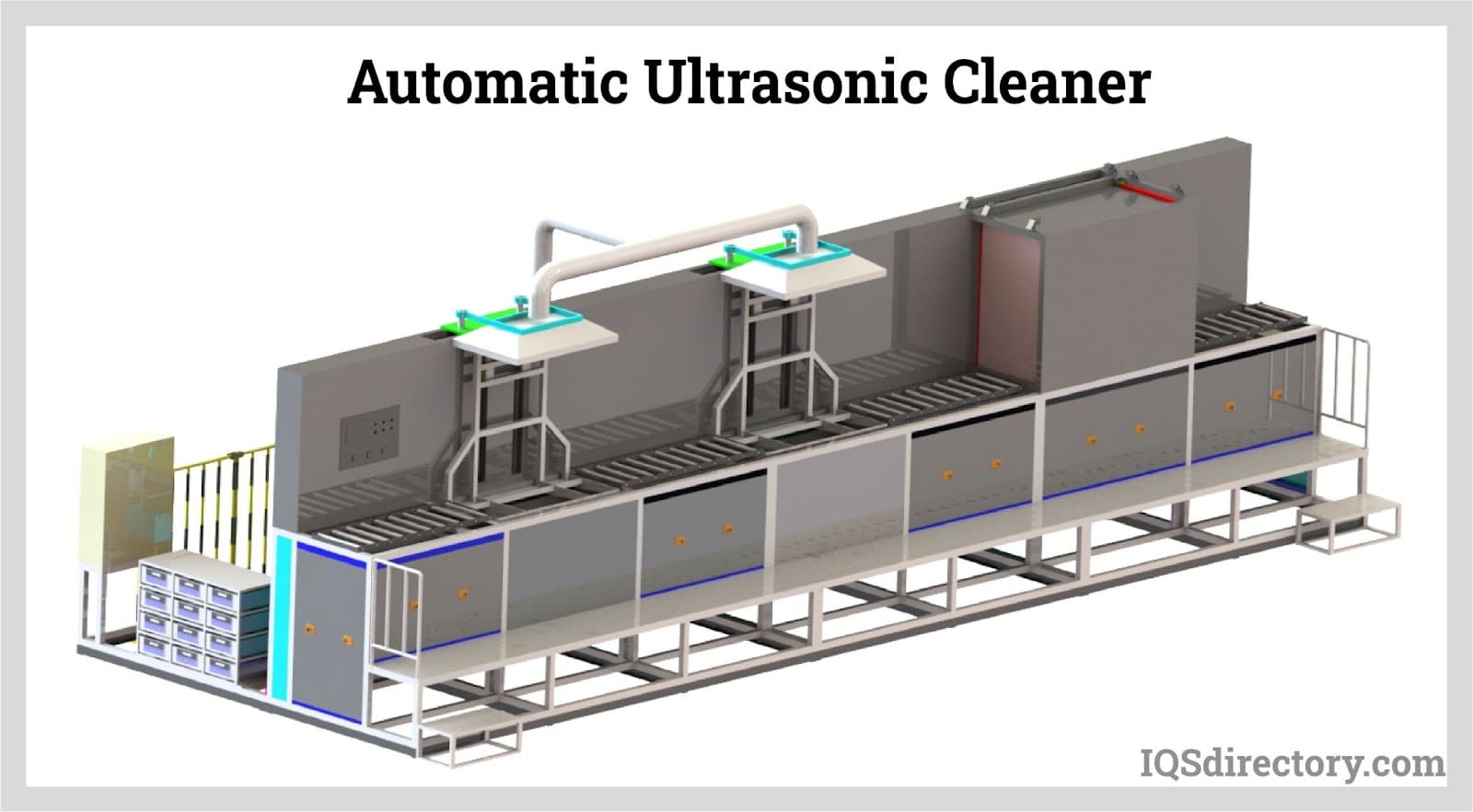
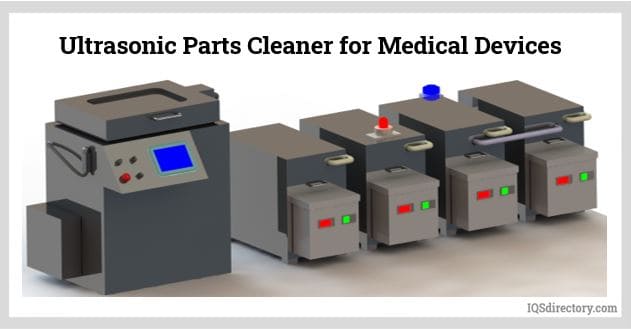
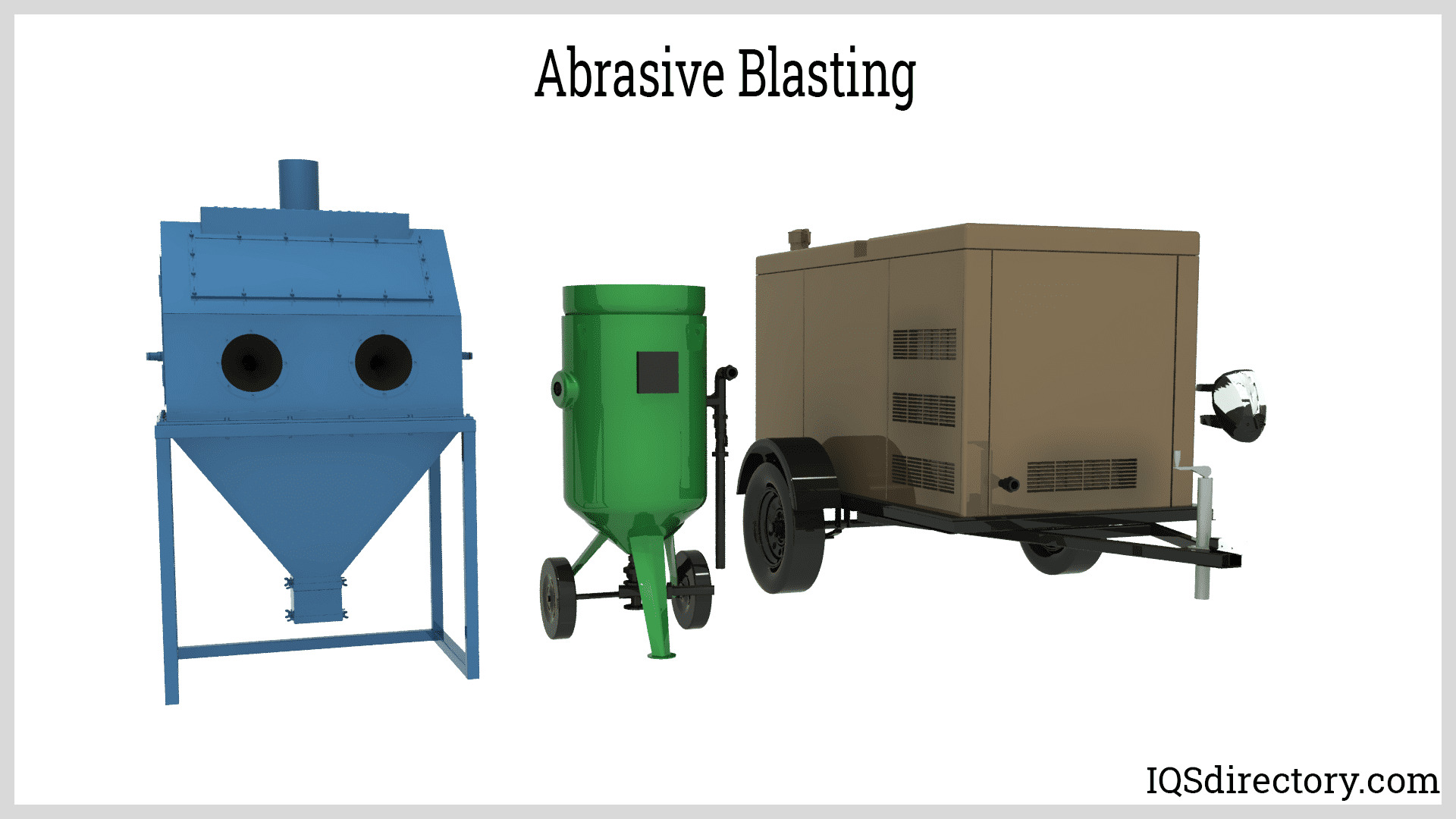
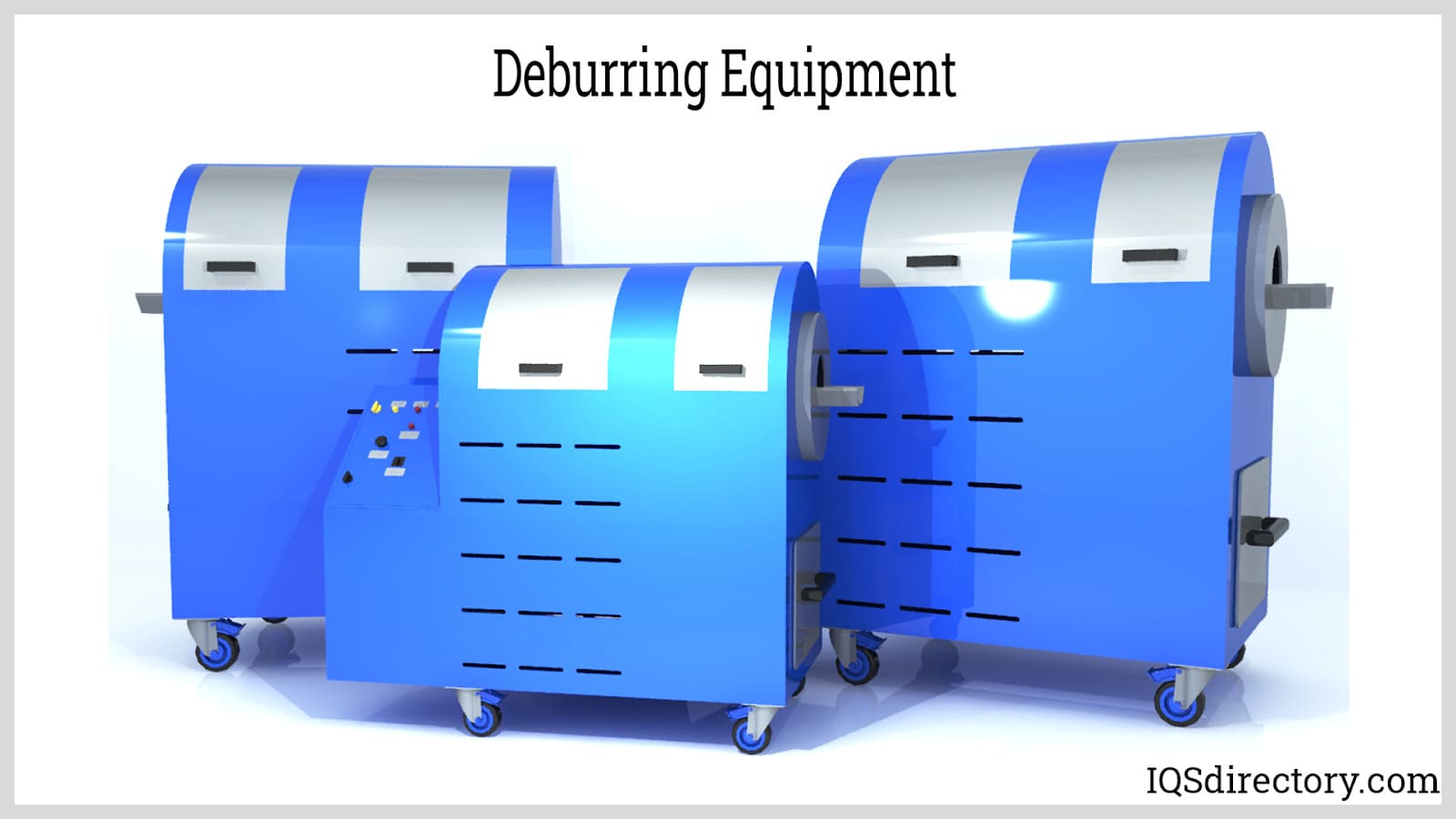
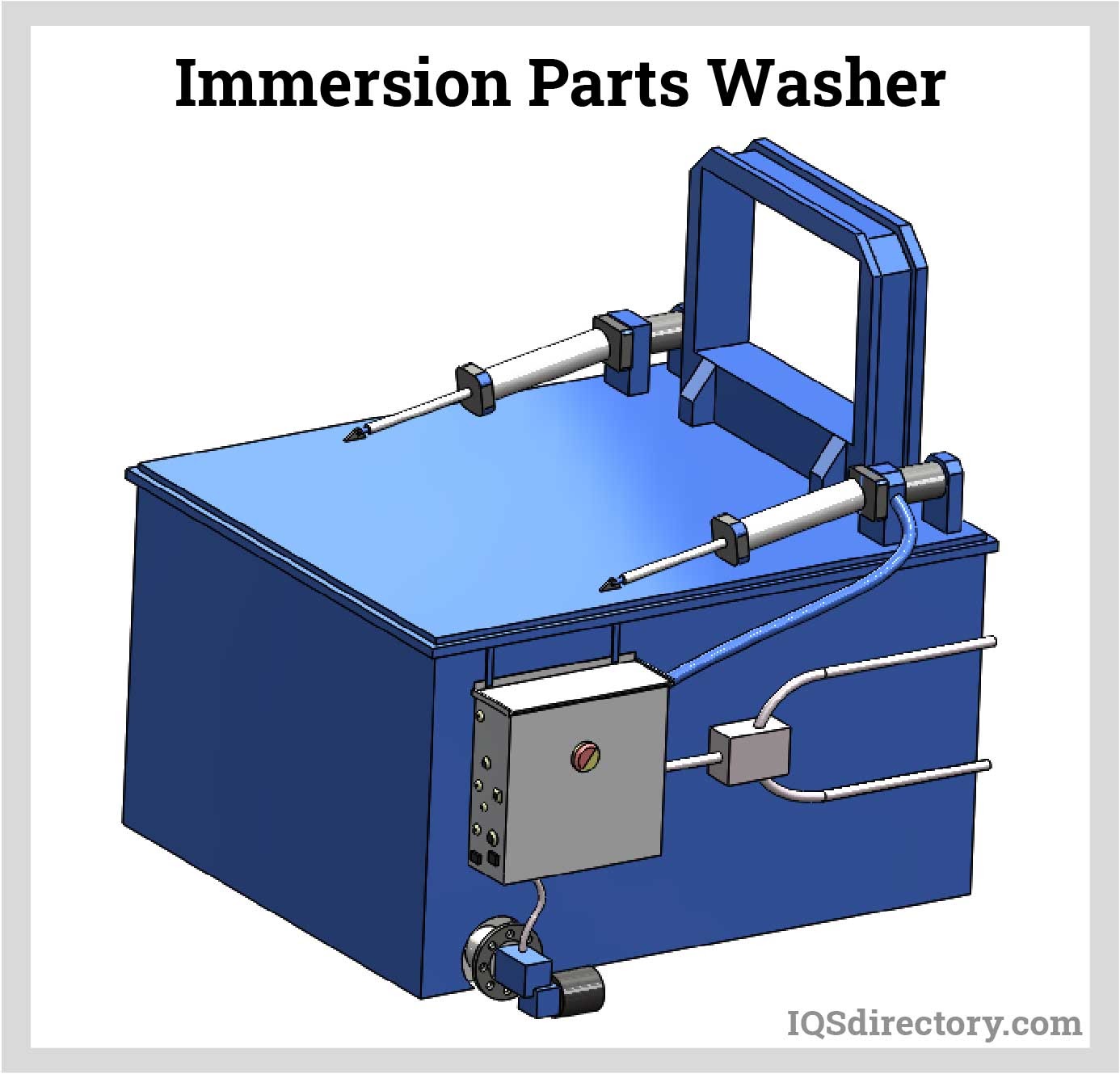
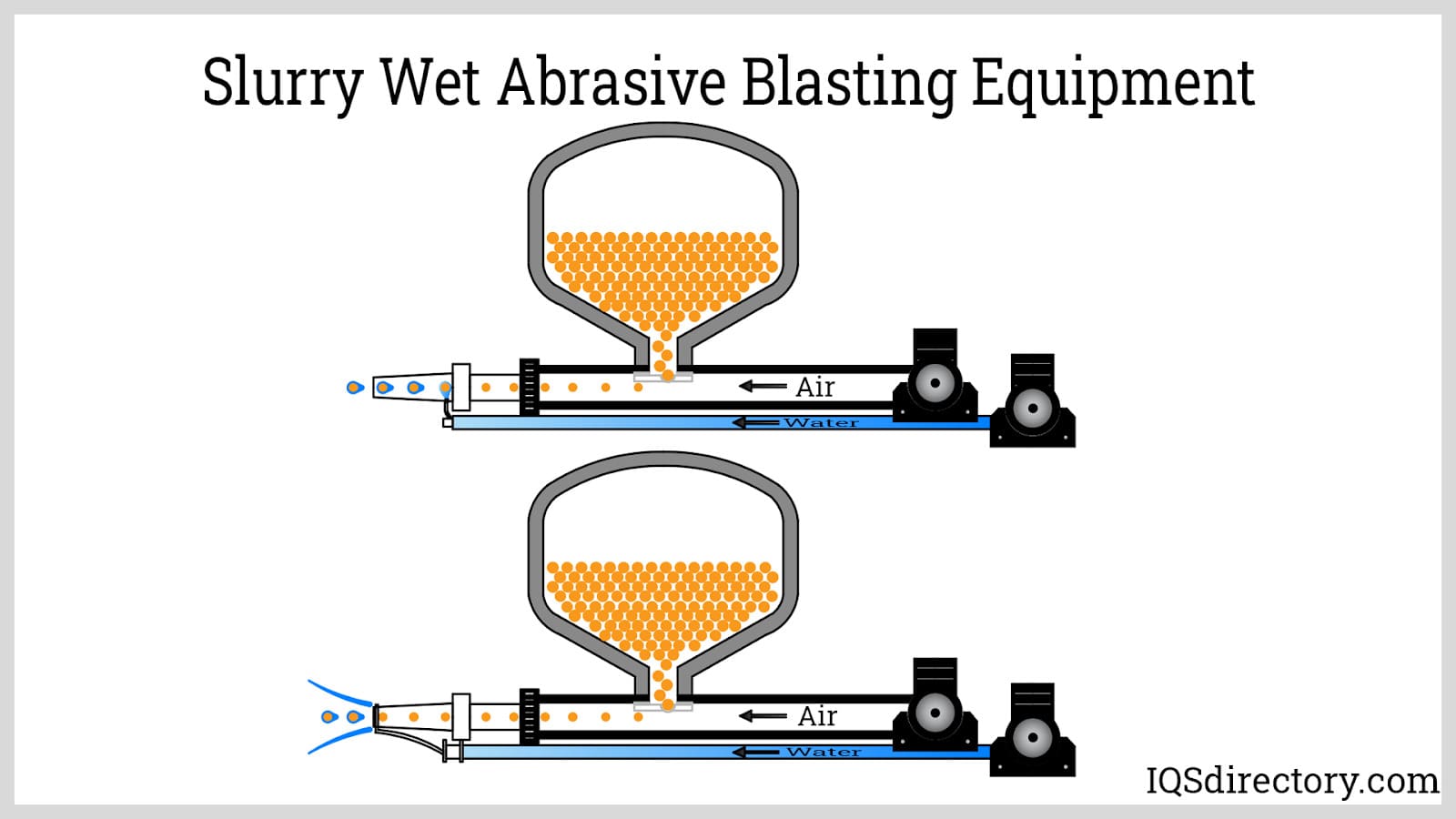
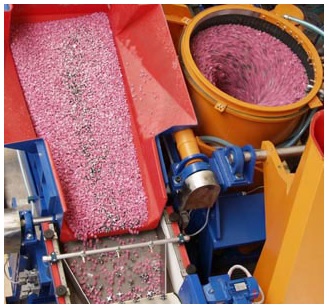 Deburring Machinery
Deburring Machinery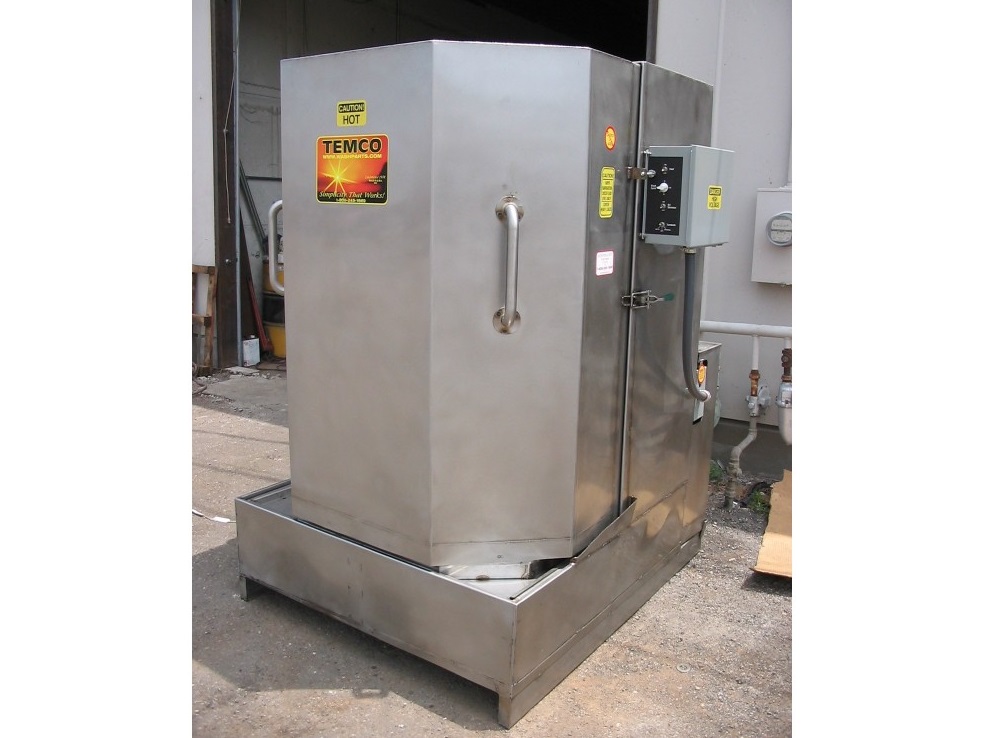 Industrial Parts Washers
Industrial Parts Washers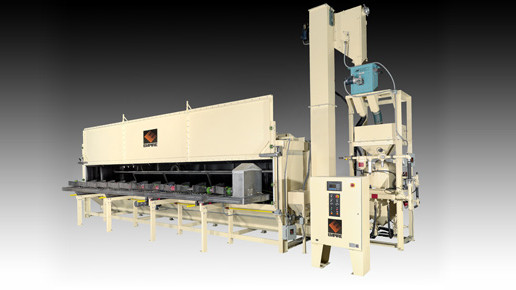 Sandblast Equipment
Sandblast Equipment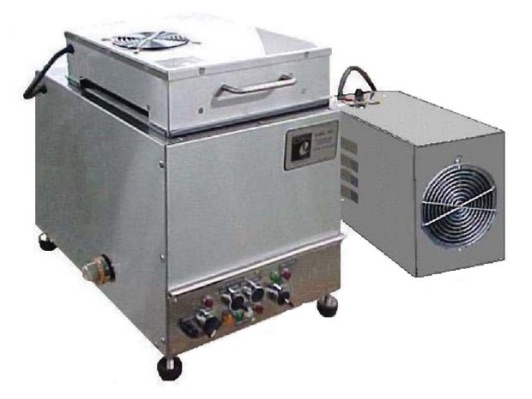 Ultrasonic Cleaners
Ultrasonic Cleaners Castings & Forgings
Castings & Forgings Bulk Material Handling
Bulk Material Handling Electrical & Electronic Components
Electrical & Electronic Components Flow Instrumentation
Flow Instrumentation Hardware
Hardware Material Handling Equipment
Material Handling Equipment Metal Cutting Services
Metal Cutting Services Metal Forming Services
Metal Forming Services Metal Suppliers
Metal Suppliers Motion Control Products
Motion Control Products Plant & Facility Equipment
Plant & Facility Equipment Plant & Facility Supplies
Plant & Facility Supplies Plastic Molding Processes
Plastic Molding Processes Pumps & Valves
Pumps & Valves Recycling Equipment
Recycling Equipment Rubber Products & Services
Rubber Products & Services